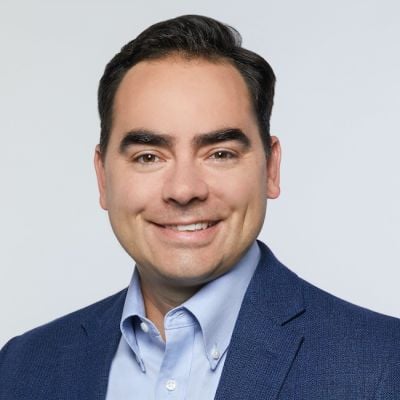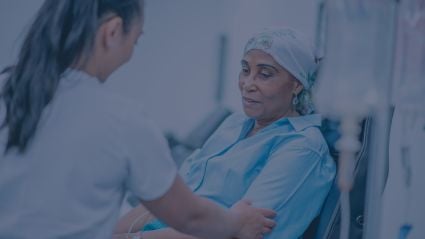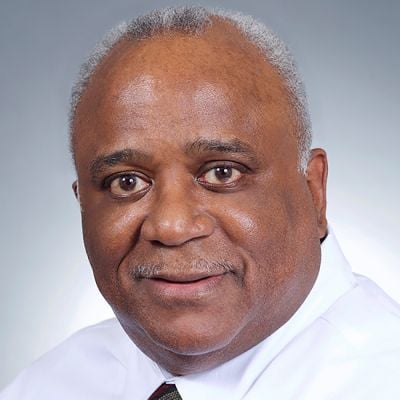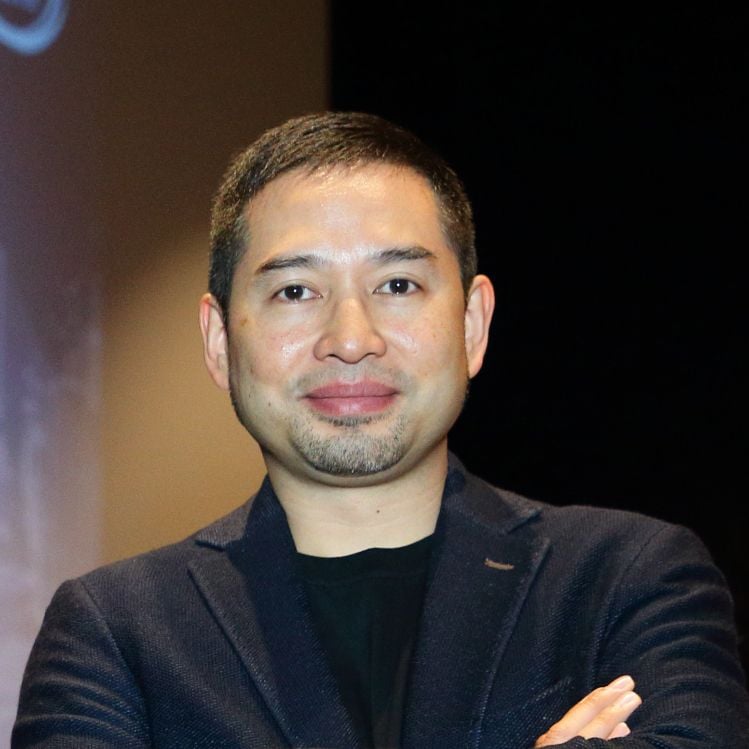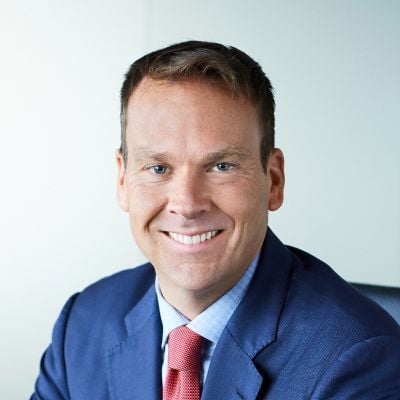
The COVID-19 pandemic has accelerated wider understanding of the relationship among diet, food security, and health. Health insurance companies are uniquely positioned to improve well-being and reduce health disparities through nutrition. With health-care-related expenses continuing to rise, it is imperative to invest in strategies using nutrition to prevent and treat costly diet-related diseases.
Food Is Medicine (FIM) interventions are a spectrum of programs and services that respond to the critical link between nutrition access and health. Through medically tailored meals, groceries, and food assistance (such as produce vouchers), FIM programs provide healthy foods as methods of prevention and treatment. Many insurers are piloting programs to cover these services just as they would pharmaceutical prescriptions. But what will it take to scale these efforts for broader coverage and system impact? Aetna, a CVS Health company, and Humana are two health insurance leaders blazing a trail to holistically address social determinants of health and health-related social needs, including expanding Food Is Medicine programs.
Both Aetna and Humana prioritize creating health system equity by addressing social conditions through healthy food programs, resources, and collaborations. Our teams help improve dietary health and food security by providing produce prescriptions and nutritious food. Examples include Aetna’s Mini Mobile FARMacy and Humana’s Healthy Foods Card supplemental benefit.
The shift to value-based care will not be achieved unless sustainable models of social care delivery are implemented.
Testing initiatives around food funds, grocery and meal delivery, and medically tailored meals allows us to scale successful models. To address a lack of robust, user-friendly educational resources, we have also created food insecurity quality measures, physician toolkits, and patient guides while offering certified nutritional counseling, healthy recipe cards/cooking demonstrations, and A1C testing. Finally, we know that we cannot achieve systemic change by ourselves. With groups like Feeding America, we’ve provided millions of nutritious meals to those who need them the most. We will continue to address nutritional needs for communities through partnerships, direct solutions, and coordinated triage with community-based organizations.
The following are key areas where the power of collaboration can collectively drive forward a future where food is a central ingredient in the health-care ecosystem:
1. Improve the quality of data and standardize terminology
Leaders across the health-care ecosystem are rigorously evaluating evidence and resources necessary to scale while building the business case for addressing nutritional need. This represents a crucial opportunity to align on common definitions, such as FIM versus food insecurity, intervention scopes, and clinical or health outcome targets for standardization across learnings. Terminology, data interoperability, and payment mechanisms are all key to long-term success and sustainability of this work. This standardization will create a cohesive body of best practices more capable of broad impact.
2. Invest in systems and infrastructure
Across the health-care ecosystem, building technological infrastructure is necessary, including the back-end integration of patient-facing technologies. Technological standardization will allow for expedited resource delivery to community-based organizations. Exploring how data sharing, privacy, compliance, and interoperability uniquely function within FIM programs will facilitate better collaboration and reach. Data and analytics investment can lead to proactive identification of nutritional needs and impact measurement. Technology can facilitate triage and connect people to programs, services, and community-based resources.
3. Emphasize a person-centered approach to FIM program design and delivery
The highest quality, evidence-based programs are only successful if they meet patients’ true needs. FIM programs must balance medical tailoring with cultural acceptability and desirability. Recognizing that all health is local, community-based organizations, which pioneered the FIM space, are integral to execution at scale. The multidisciplinary Partnership to Align Social Care is designing a framework for an equitable social care system that builds and sustains the capacity of community-based networks to provide social services including FIM programs. We remain committed to community engagement and building feedback mechanisms so programs serve the individuals and communities they were designed to impact.
4. Forge a path for sustained funding to ensure equitable access
We must investigate how to blend complex funding mechanisms by coordinating amongst diverse stakeholders and aligning incentives around value-based care, which includes nutritional support. Community-based organizations are key stakeholders to optimize efforts, blending and braiding funding to create evidence-based, scalable, and financially sustainable solutions. The shift to value-based care will not be achieved unless sustainable models of social care delivery are implemented. Cross-sector conversations will advance moving beyond siloed funding mechanisms towards multi-level policy action that embed FIM coverage.
§
Both of our companies seek to continue FIM momentum and build out additional, diverse partnerships through 2022 and beyond. As health insurance companies, we must ensure that we are framing person-centered goals and asking the right questions to collectively drive FIM progress forward. Stakeholders must make a concentrated effort to direct resources strategically while intentionally measuring specific social and health-related outcomes.


